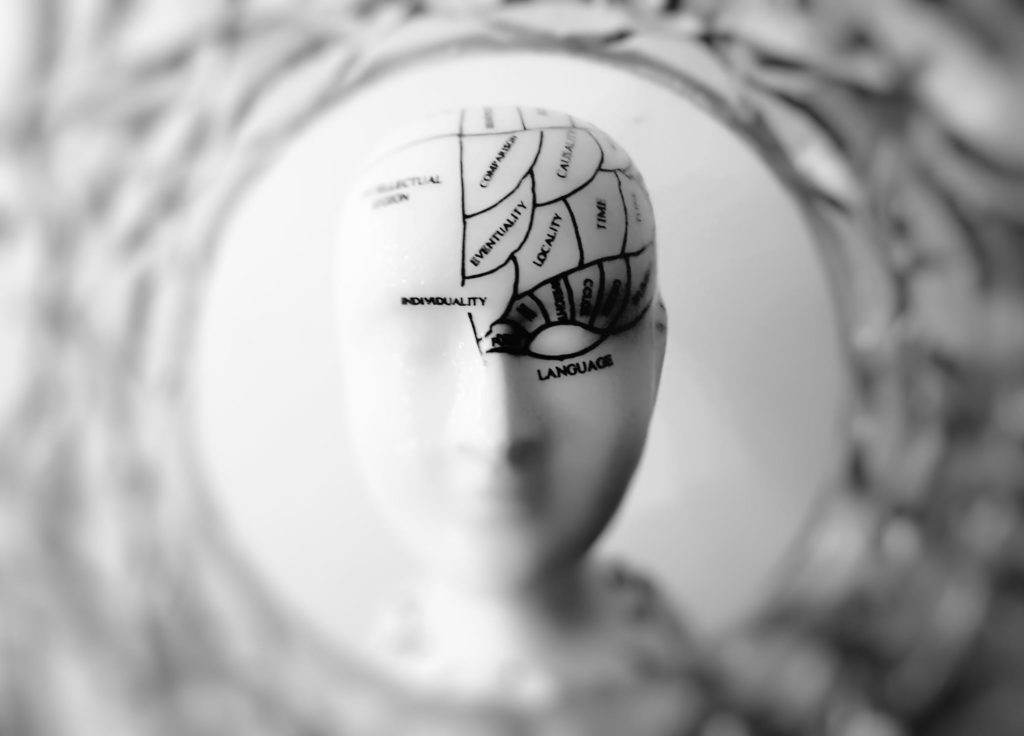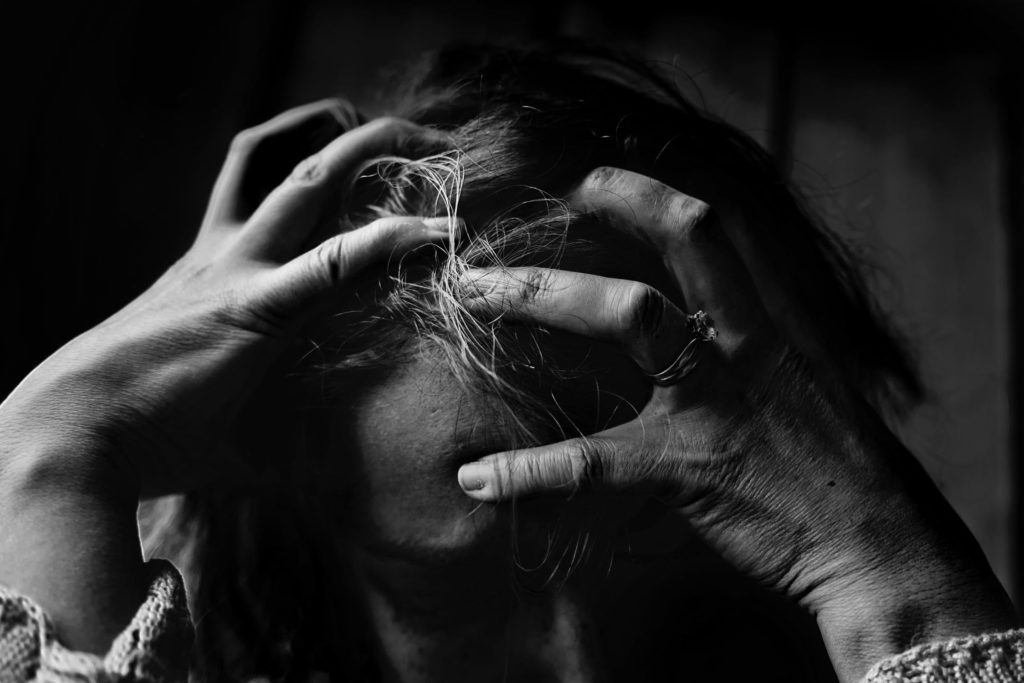
Are you reading this with June 27 around the corner? If so, then that means PTSD, or Post-Traumatic Stress Disorder Awareness Day is coming around. PTSD is a serious mental health issue that affects millions of people worldwide, and from all walks of life—not necessarily just in the military or armed forces.
Without proper treatment and management of symptoms, PTSD can have a drastic impact on a sufferer’s quality of life and well-being, enough that they may entertain thoughts of committing suicide. More than 40,000 people commit suicide in the United States, and a considerable chunk of that involves PTSD. Moreover, many studies have shown that suicide risk is markedly higher for persons with PTSD.
To be able to live their lives as normally as they can with this condition, individuals with PTSD need all the help and support they can get, not just from medical professionals but also from the people in their lives: their friends, loved ones, and colleagues.
Unfortunately, this may not always be the case. PTSD is largely a mental health condition, so sufferers often show no physical signs of having this disorder. This makes it hard for those around them to recognize the presence of PTSD, which then hinders their ability to empathize or provide support. This may further isolate the person and make their symptoms worse.
To help prevent against this, as well as bolster the efforts of PTSD Awareness Day, this guide seeks to help readers understand what PTSD is and its effects on the human psyche. We will also be looking at ways that PTSD can be managed, both with outside help and by the sufferers themselves.
What is PTSD?

Post-traumatic stress disorder may develop following exposure to an unpredictable and uncontrollable event involving a very real threat of severe physical harm or even death. As such, PTSD is quite common among members of the military, armed forces, or police officers. It is also prevalent among rescue workers, emergency personnel, and survivors of traumatic events such as shootings, bombings or other acts of war, violence, rape, assault, and natural disasters. Basically, anyone who suffers an event that elicits extreme feelings of helplessness and hopelessness has the potential to get PTSD.
However, it’s not just the victims of a traumatic event that can develop PTSD. Those who witness the event or have to perform rescue, cleanup, or emergency services after the event may also contract the disorder. Moreover, family members and friends of the victim can also get PTSD even if they weren’t present or directly involved with the event at all, through a phenomenon called vicarious trauma.
The effects of PTSD are numerous and excessively detrimental to one’s sense of self and well-being. Without proper management or treatment, PTSD can result in the following:
- Inability to perceive threats and react proportionately
- Oversensitivity to potentially dangerous threats
- Issues related to self-image
- Disturbances related to proper or customary emotional function
- Inability to keep lasting relationships with other people
- Inability to tolerate the threat of uncertainty, failure, and rejection
- Severe phobias
- Severe sleep disturbance
- Volatile or highly negative mood
- Predilection to substance abuse
- Inability to concentrate or pay attention
- Severe depression
What are the symptoms of PTSD?
PTSD manifests differently for each individual. Everyone responds to stress differently, and some individuals may have a harder tolerance for stress and trauma than others. Moreover, an individual’s personal life experiences may make them more predisposed in dealing with trauma in a better way. There is also the fact that while PTSD often comes to the fore hours or days after the traumatic event, there have been cases where it took weeks, months, or even years before any actual symptom develops, seemingly coming out of the blue. With that said, here are four classic symptoms of this disorder.
- The victim keeps on reliving the traumatic event. One of the classic symptoms of PTSD is the victim being unable to progress past the memory of the event and keeps reliving it over and over, whether through their own volition or not. This happens in a number of ways: through nightmares, flashbacks, and unbidden mental visions. These flashbacks will almost always be accompanied with intense emotional and physical reactions.
- The victim avoids anything even remotely related to the event. A sufferer of PTSD may avoid anything that may remind them of the traumatic event. For example, if the event involved a car crash, then the victim will definitely avoid the location where it happened. They may also fear the sight or sound of vehicular traffic, as well as avoid any people, activities, or objects related to the incident. This avoidance may progress to the victim losing interest in life in general, becoming detached or numb from people and any type of positive experiences.
- The victim suffers from long bouts of hyperarousal. Another sure sign of PTSD is that the victim seems unable to find it in themselves to fully relax or rest. This state is called “hyperarousal.” This may manifest as having difficulty sleeping or staying asleep, being highly irritable or oversensitive to harmless remarks and behavior, being easily startled, and more. They may also have unprovoked fits of rage and aggression, as well as indulge in self-destructive or reckless behavior.
- The victim suffers from extremely negative moods. Finally, the last tell-tale symptom of PTSD involves the victim constantly suffering from extreme mood changes or negative thoughts. Examples of this include deep feelings of isolation and loneliness, depression, hopelessness, shame, and guilt. They may also feel that they’ve been horribly betrayed, and mistrust everyone around them to the point of paranoia. They may also blame themselves for the event.
How does PTSD differ from a normal response to trauma?
Nearly everyone who suffers or experiences a traumatic experience will exhibit some symptoms of PTSD. This includes feelings of being unbalanced, numb, or disconnected from the rest of the world. A victim may even suffer bad dreams about the event and find themselves reliving it in their head constantly. This is a completely normal response to what they’ve just undergone and can be classified as “shock”.
Such symptoms will only be temporary for most individuals, from several days to a couple of weeks, gradually improving and lifting as time goes on. However, when a victim finds that the symptoms fail to improve and even grow worse each day, then they may be suffering from PTSD.
What happens to the human brain to cause the development of PTSD?
PTSD develops when two key areas of the brain stop working properly or as intended. The first is the amygdala, a small almond-shaped structure that’s located in the middle of the temporal lobe. Its main purpose is to detect threats around the individual and activate the “fight or flight” response as necessary when threats are found. From there, it activates the nervous system to help deal with the threat, which means heightening reflexes, supplying adrenalin, and releasing the stress hormone cortisol into the body. Finally, it helps the victim store memories related to the threat, so that the next time they encounter and remember the threat, they are less prone to being taken by surprise and can address the threat in a ready and stable manner.
The second area of the brain is the prefrontal cortex, or PFC. It’s located in the frontal lobe, the part of the human brain closest to the forehead. This part of the brain helps the individual make the right decisions based on what’s happening and what they are currently feeling. It regulates attention, awareness, and emotions. It also helps inhibit or correct reactions that may not be commensurate to what’s happening at hand, such as responding with violence to a harmless joke or prank.
From here, we can easily see how PTSD manifests with the dysfunction of these two areas. Because of the traumatic event, an individual suffering from PTSD will have an amygdala that is hyper-sensitive to threats, as well as a slow or impaired medial PFC that cannot effectively calm down or de-escalate the threat response the amygdala is firing off.
How is PTSD treated?

PTSD treatment is a long and complicated process, but as long as it’s followed faithfully and support from friends and family is in abundance, such a serious condition can be managed.
Treatment usually starts out with a detailed evaluation of the victim’s experiences and current symptoms. From there, a treatment plan that addresses the victim’s unique needs is developed, and this may involve psychotherapy or medication. In some cases both may be required, as usually one or the other may not be enough to truly resolve someone’s PTSD, especially when the event the condition stems from is a particularly severe one. Both may also be required if symptoms have progressed to the point that the victim’s quality of life is severely compromised. In all cases, however, working with a mental health professional is usually required for the best results.
If the cause of the victim’s PTSD is an ongoing situation, such as a stressful work environment or an abusive spouse, then treatment may also involve rescuing the victim and finding them a safe space to retreat to and receive treatment. Only when the PTSD sufferer is removed from their triggering environment can the healing truly begin.
Other treatment strategies may also include the following:
- Education. By educating survivors of a traumatic event as well as their families about PTSD, its risks and effects, a better sense of empathy and understanding can develop around the survivor and their loved ones. Survivors will be able to identify their symptoms on their own, and their family will be able to realize that what the victim isn’t simply acting out, but rather they are suffering from a medically recognized condition.
- Exposure. The sufferer will have to confront the source of their trauma sooner or later. While it may be a rough experience, it can also provide insight and catharsis to both the victim and the medical professional treating them. This exposure is usually done via imagery and in a safe, controlled environment, so that any visceral or emotional response that is triggered from the reliving of the trauma can be experienced without risk or harm.
- Healthy coping mechanisms. Another sure-fire way of dealing with PTSD is the victim being taught about how to cope with their memories, reminders, and triggers of the event without making them shut down or being overwhelmed into a panic attack. Mental trauma can’t be completely fixed or eradicated completely, but effective coping skills can make them much more manageable to deal with.
What can sufferers of PTSD do to help themselves?
If you yourself are suffering from PTSD, then there are some things that you can do to help yourself recover alongside your current treatment plan. Healing from something as traumatic as an event that can cause PTSD will take a long time, and the memories may never fade. This may make you feel that the situation is hopeless and it’s better to give up. However, by following the steps below, you can reduce your feelings of fear, loneliness, and anxiety, which will help your treatment plan work better.

- Consider joining a PTSD support group. One of the best things you can do in this situation is to join a PTSD support group. This will help you feel less alone with your symptoms and connect you with people who’ve had similar experiences. Just like how lifelong friends are made during times of mutual adversity, you may have the opportunity to make some here.
- Volunteer. Sometimes, helping yourself means turning your focus outward and helping others with their troubles. So either help a friend out or busy yourself by volunteering in your local charities or soup kitchens. Not only will you be taking your mind off things, but you’re also having a positive impact to someone else’s life.
- Avoid alcohol, gambling, drugs, and any other self-destructive indulgences. These will only make your symptoms worse and most likely exacerbate your situation after the party’s over.
- Live an active lifestyle. Exercise is a wonderful way to get rid of stress and improve your mood—plus, you’ll be much healthier for it! Focus on rhythmic exercises that get your entire body moving, such as walking, running, swimming, or even dancing. If you want something more competitive, then rock climbing, weight training, or martial arts will do.
- Travel. A lot of trauma triggers come from the noises and sights of the city. If your triggers mostly stem from urban life, then take a break and explore nature instead.
- Share your thoughts with others. Don’t think of yourself as being a “burden” to your loved ones when you talk to them about your issues. They want you to get better as much as you want to. They’ll be more at ease knowing that they can trust you to tell them if something is wrong than if you bottle up everything inside.
PTSD is serious but it can be managed with education, medical treatment, and support
Don’t underestimate the effect of PTSD on the human psyche. If left alone and untreated, it can cause great harm to an individual’s sense of self and way of life. It needs to be medically treated just like any life-threatening disease. With that said, don’t think of it as a daunting thing either. It is something that can be managed and healed with the support of family and loved ones, things which are just as important as proper medication and therapy.




